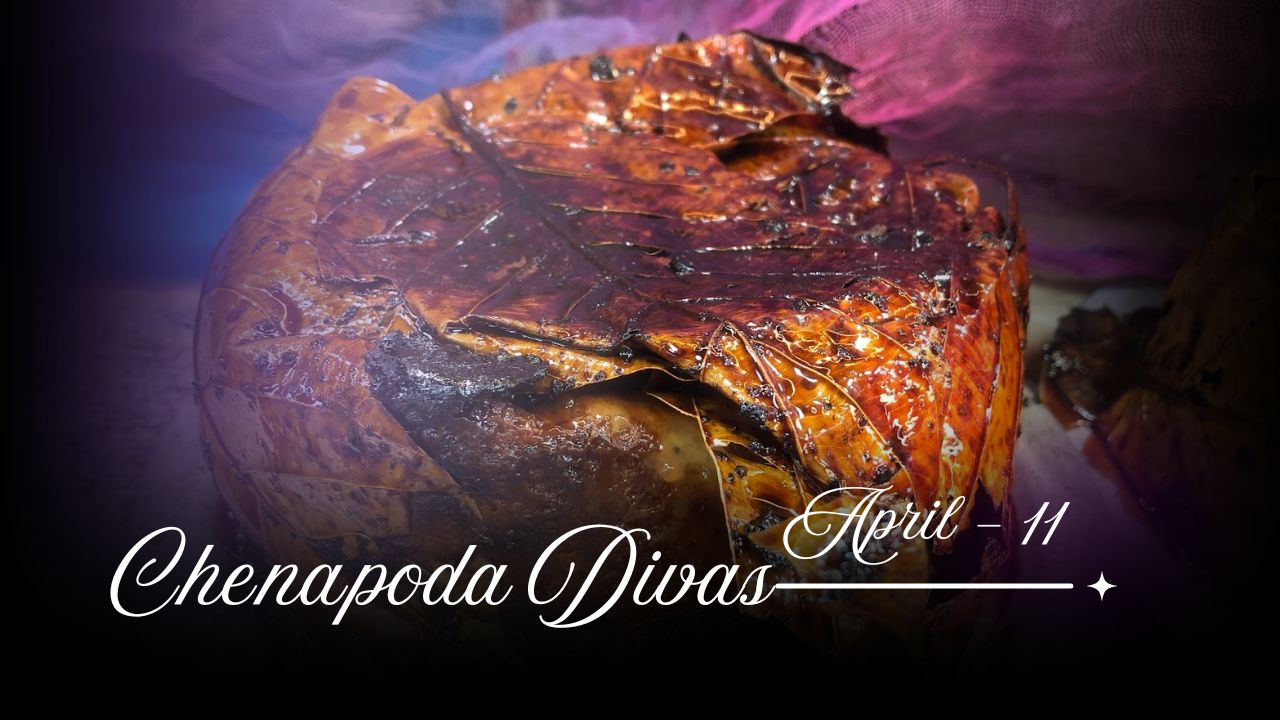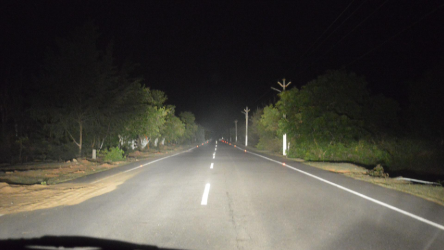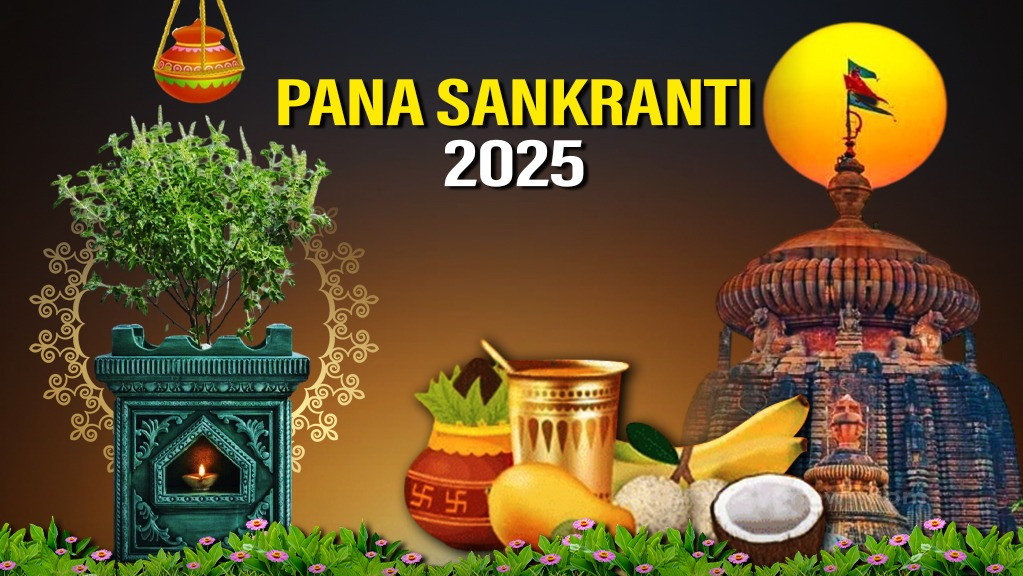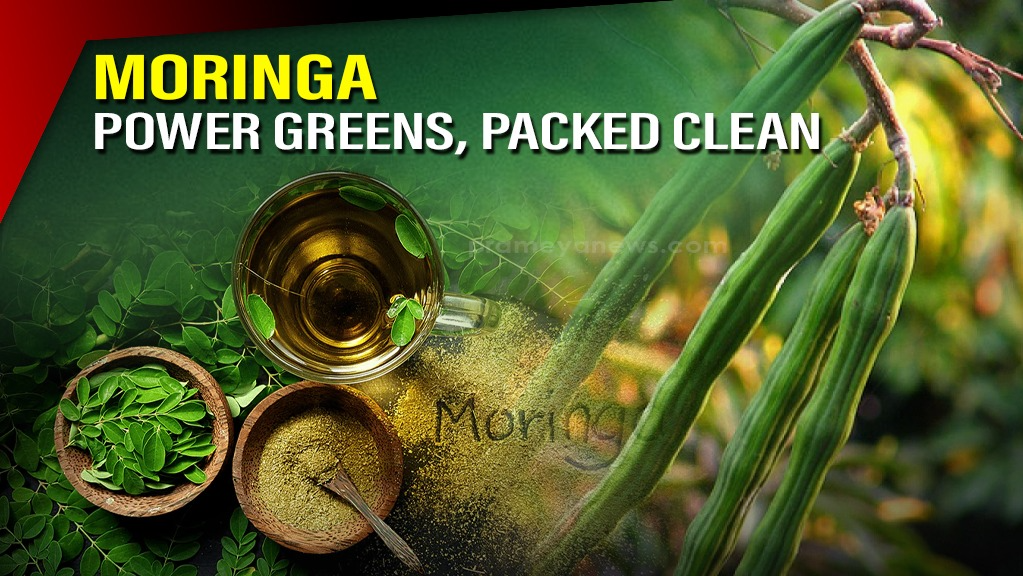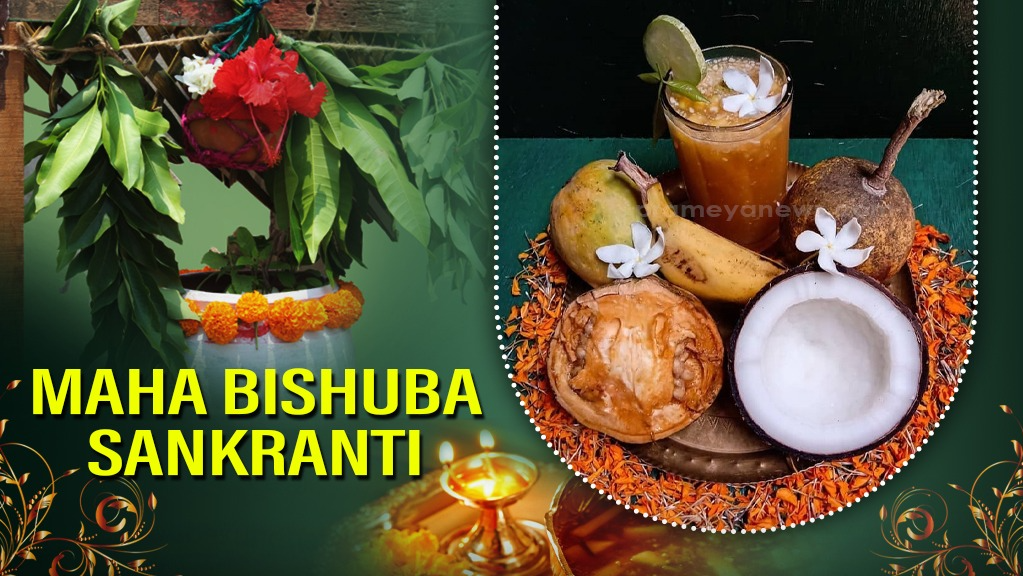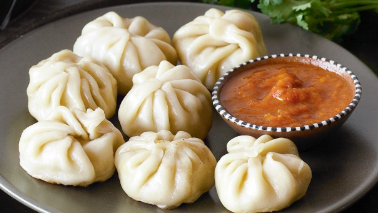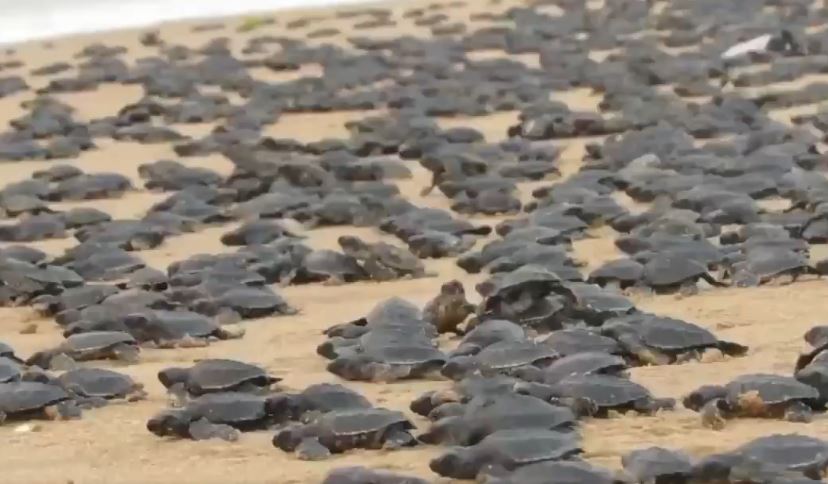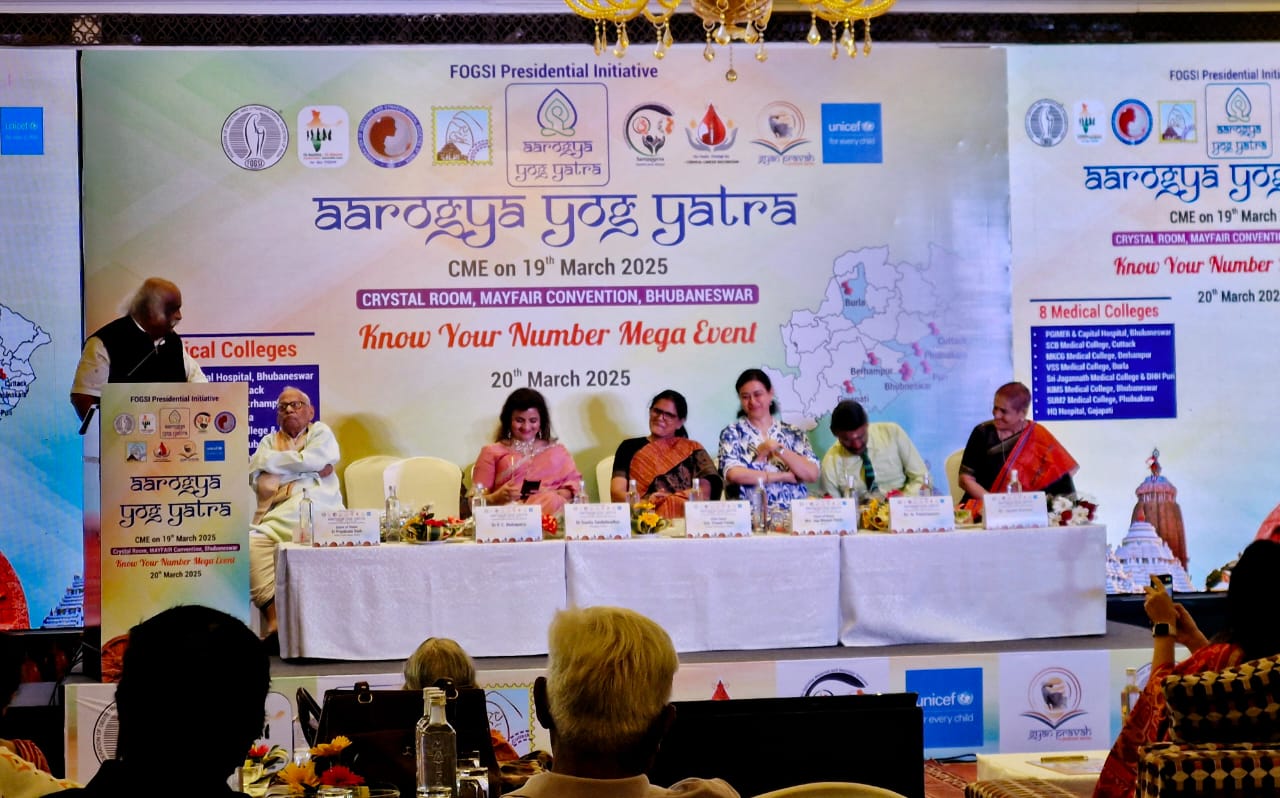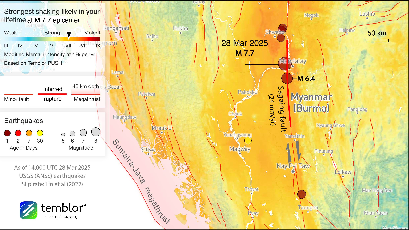Chena Poda: Odisha's Iconic Sweet
Within the pulsating spectrum of Indian sweets, few possess the unique character and cultural resonance of Chena Poda (ଛେନାପୋଡ଼), Odisha's iconic "burnt cheese" dessert. It's a culinary contrast – a dark, caramelized exterior giving way to a soft, moist interior – that has captured the hearts and palates of Odias for generations. More than just a confection, Chena Poda is deeply embedded in the state's identity, a symbol of culinary ingenuity and tradition. As Odisha prepares to celebrate Chena Poda Divas today, April 11th, a day dedicated to this beloved sweet and coinciding with the birth anniversary of its credited inventor, Sudarshan Sahu, it's the perfect moment to explore the rich story behind this remarkable dessert.
The Accidental Genius: Sudarshan Sahu's Sweet Discovery
The most cherished and widely documented narrative surrounding Chena Poda's origin points to the ingenuity of one man: Sudarshan Sahu. Around 1947, in the village of Dasapalla in Odisha's Nayagarh district, Sahu ran a small sweet shop. As the story goes, one evening, finding himself with leftover chhena – fresh, unpressed cottage cheese, distinct from the firmer paneer – he decided against discarding it. Instead, he mixed the chhena with sugar, perhaps adding a few simple flavourings, and, seeking a way to utilize residual heat, placed the mixture inside his traditional earthen stove (chulha) which was still warm after the day's cooking.
Left undisturbed overnight, the gentle, lingering heat worked an unexpected magic. The following morning, Sahu discovered not waste, but a wonderfully transformed creation. The chhena mixture had baked into a cohesive yet tender cake, boasting a rich, golden-brown crust where the sugar had caramelized beautifully, and imbued with a subtle, unique smoky aroma from the earthen oven. It was firm on the outside but surprisingly moist and yielding within.
Encouraged by the positive reception from those who tasted his experimental dessert, Sahu began refining the recipe and process for commercial sale. A key innovation attributed to him was the practice of wrapping the sweetened chhena mixture in fresh Sal leaves (Shorea robusta) before baking. This traditional technique proved crucial, ensuring the mixture baked evenly and developed its characteristic crust without burning excessively and imparting a distinct, delicate, earthy fragrance and flavour that became synonymous with authentic Chena Poda. People quickly liked Sudarshan Sahu's new sweet. It started as a local treat in Dasapalla but soon became famous all over Odisha. Its fame grew, with anecdotes suggesting it was even served to prominent figures like India's first Prime Minister, Jawaharlal Nehru, and Odisha's revered leader Biju Patnaik, whose appreciation further cemented its iconic status. Sudarshan Sahu, the man celebrated for gifting Odisha this unique culinary treasure, passed away in 2016 at the age of 86, leaving behind a delicious legacy.
The Art of Creation: Ingredients and Traditional Craft
Making authentic Chena Poda is an exercise in patience and understanding the interplay of simple ingredients transformed by heat and time.
- The Soul: Chhena: The foundation is fresh, moist, crumbly cottage cheese (chhena). Its texture is paramount; using the drier, firmer paneer will not yield the correct soft, spongy interior. The quality and preparation of the chhena directly influence the final product.
- Sweetness and Colour: Sugar is the primary sweetener. Its caramelisation during the slow baking process is responsible for the deep golden-brown to dark brown crust and the signature sweet, slightly smoky flavour. Some variations use jaggery (gud) for a different, more molasses-like sweetness.
- Structure and Binding: Semolina (suji or rawa) is typically added in small quantities. It acts as a binder, absorbing excess moisture from the chhena and helping the mixture set into a cake-like structure. Rice flour is sometimes used as an alternative.
- Flavour and Richness: Ground green cardamom powder is the classic aromatic, lending its warm, sweet fragrance. Nuts, particularly cashews, and raisins are often incorporated, adding textural contrast and pockets of sweetness. A touch of ghee (clarified butter) might be added to the mix for richness and is used to grease the baking vessel.
The traditional method is labour-intensive. Freshly made chhena is kneaded thoroughly by hand, sometimes for as long as 15 minutes, until it becomes smooth and pliable. This crucial step ensures a fine, even texture in the finished poda. Sugar, binder, cardamom, nuts, and raisins are then carefully folded into the kneaded chhena.
The baking itself is unique. The mixture is traditionally enveloped in layers of Sal leaves, which are then placed inside a container, often earthenware or a heavy metal pan. This is then baked slowly for several hours using the gentle, consistent heat of a charcoal fire or the dying embers within a chulha. Some accounts describe complex layering of different leaves (like jackfruit or banana) for insulation and flavour, and careful heat management, sometimes involving flipping the container, to achieve the perfect balance of a deeply caramelized crust and a fully cooked, moist interior. The Sal leaves are indispensable to the authentic experience, infusing the Chena Poda with their signature subtle aroma and preventing direct scorching. The impressions of the leaves on the final product are often seen as a hallmark of traditional preparation.
While modern ovens and pressure cookers offer convenience, and substitutes like banana leaves or parchment paper are used when Sal leaves aren't available, many connoisseurs believe these methods don't fully replicate the unique smoky depth and aroma achieved through traditional charcoal and Sal leaf baking.
A Unique Sensory Profile
Chena Poda offers a delightful experience for the senses. The taste is a complex blend where the deep sweetness of caramelized sugar meets the mild tang and rich creaminess of the fresh cheese. The defining characteristic is a pleasant, slightly smoky or 'burnt' note, a hallmark of its preparation. Depending on the degree of caramelization and the use of leaves, subtle earthy or even slightly bitter undertones can add further complexity.
The texture presents a signature contrast: a firm, sometimes slightly crisp, deeply browned exterior yields to a soft, moist, slightly dense yet spongy interior that feels luscious and satisfying in the mouth. The occasional cashew or raisin provides welcome textural variation.
While often compared to Western cheesecakes, especially burnt Basque cheesecake, due to the baked cheese concept, Chena Poda stands distinctly apart. Its use of fresh chhena, the flavour imparted by Sal leaves, and the characteristic smoky notes from traditional baking methods give it a unique identity deeply rooted in Odia culinary heritage.
From Nayagarh to National Recognition
Though born in Nayagarh, Chena Poda's popularity steadily grew. By the 1980s, it started appearing on restaurant menus across Odisha, moving beyond local sweet shops. Organizations like OMFED and private dairies later played roles in standardizing production and packaging, making it more widely available. Today, it's a ubiquitous offering in Odia sweet shops, with places like Pahala gaining particular fame.
In recent times, Chena Poda has experienced a surge in national attention, celebrated by food bloggers, chefs, and media outlets, often described with intrigue as "India's answer to cheesecake." Its appearance on platforms like MasterChef India (showcased by Odia winner Abinas Nayak) and spontaneous endorsements, such as actor Ayushmann Khurrana's widely shared tweet praising the dessert during a visit to Odisha, have significantly boosted its profile. This increased visibility fuels curiosity and demand, highlighting the potential of unique regional dishes in the age of social media and culinary tourism.
Celebrating and Preserving the Legacy
Recognizing its cultural importance, two key initiatives champion Chena Poda:
- Chena Poda Divas (April 11th): Celebrated annually since 2022, this day marks the birth anniversary of Sudarshan Sahu (born April 11, 1931). Spearheaded by community groups and supported by the state government, the day involves events, cultural programs, honouring artisans, and, of course, enjoying Chena Poda, often with ceremonial cake cuttings. It has quickly become a popular observance, reflecting deep affection for the sweet and its creator.
- Geographical Indication (GI) Tag Quest: There is an ongoing, concerted effort, led by the Nayagarh district administration and supported by various forums, to secure a GI tag for Chena Poda. This tag would formally recognize its unique qualities and reputation tied to its geographical origin (Nayagarh), protecting its authenticity and aiding in branding. The demand has existed for several years, gaining momentum with the sweet's rising popularity.
Odisha's Enduring Sweet Symbol
Chena Poda's story is a heartwarming chapter in India's rich food narrative. From its serendipitous creation by Sudarshan Sahu in Nayagarh to its status as a beloved emblem of Odia culture, it embodies culinary heritage and ingenuity. Its unique blend of caramelized sweetness, milky richness, and smoky undertones, achieved through traditional methods, offers an unforgettable taste experience. As Odisha prepares to celebrate Chena Poda Divas on, April 11th, honouring Sudarshan Sahu, it's a time to appreciate not just the dessert itself but the tradition, community, and enduring sweetness it represents – a unique gift from Odisha to the world of gastronomy.







